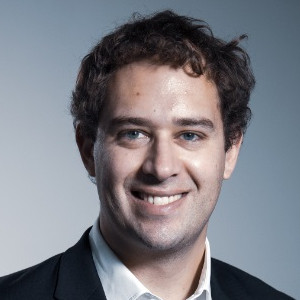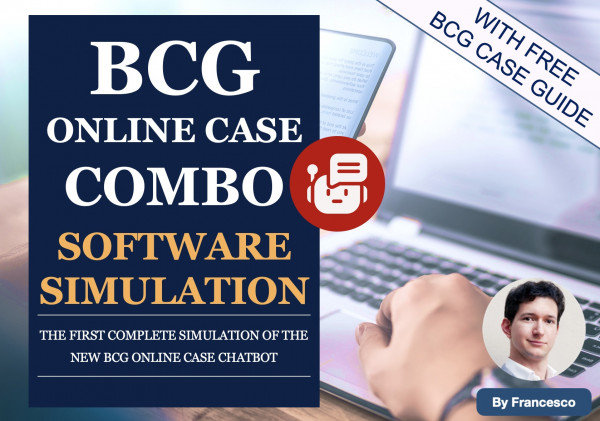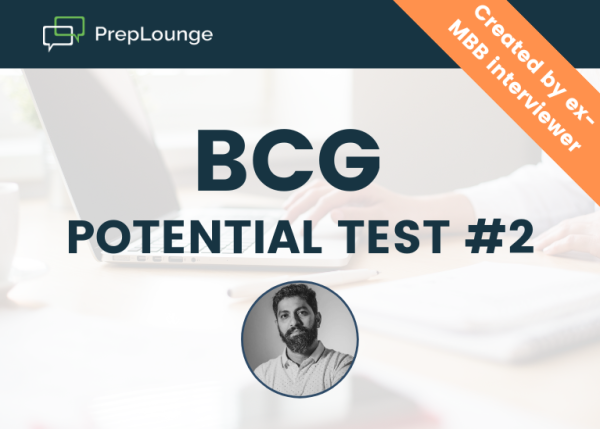Hello
I come from a technical background, PhD in Engineering not MBA. I have a few questions about the NPV and I appreciate it if someone can clarify the following.
1- Can someone please explain what is expected from advanced degree candidates to know about NPV during a case interview? every time I look it up or come across a case using NPV, they use a different approximation/method to calculate the NPV. It is becoming very confusing to me.
A Few NPV equations that I came accross are:
NPV = -Initial Investment + (Future Value of Money/Discount Rate)
NPV = Future Value of Money / Discount Rate
(usually Future Value of Money = Revenues - ongoing costs) - I think not sure!
- How you would interpret an NPV value?
2- There is a case in which we determine the following(the first half is all about determining the R and C as follows:
- Revenues = 928 M$
- Costs = 574M $
- Profits = R -C = 354M $
Then there is this given which I totally did not understand (no clairification as to what it means):
- Time value of money: 6 year lag for receipt of revenue
to Determine the NPV they used WAAC (I have no idea what is this):
Using the “Rule of 72,” we know that 72/rate of return means the number of years to double our money. With a six year lag and a 12% WACC, we know that all future cash flows must be halved
$354/2 = $177M in present value (NPV)
clearly the 12% is 72/6 (lag years)
Can someone please explain what is WAAC? Why NPV is halved?
(editiert)














